The Neue Nationalgalerie, located in Berlin, Germany, is a renowned art museum designed by the influential architect Ludwig Mies van der Rohe. Completed in 1968, it has become an architectural icon and a symbol of modernist design. This blog post aims to provide you with a comprehensive understanding of the Neue Nationalgalerie, its history, architectural features, and the art it houses.
A Brief History
The idea for the Neue Nationalgalerie was born out of Germany’s desire to have a representative contemporary art museum after World War II. The museum was commissioned by the Berlin Senate and famed art collector Karl Friedrich Schinkel in the early 1960s. Ludwig Mies van der Rohe, famous for his minimalist and functionalist approach, was chosen as the architect for the project.
The construction began in 1965 and faced numerous delays due to political and funding issues. However, Mies van der Rohe’s vision finally materialized when the Neue Nationalgalerie was opened to the public on September 15, 1968.
Architectural Features
Mies van der Rohe’s architectural design for the Neue Nationalgalerie is a stunning example of modernist architecture. The museum is characterized by its clean lines, openness, and extensive use of glass and steel, which were revolutionary for its time.
The building consists of two main elements: a rectangular structure elevated from the ground by slender steel columns and a large, flat roof canopy. The ground floor is mostly open space, allowing visitors to easily move around and experience the art. Natural light floods the interior through the floor-to-ceiling windows, creating a sense of harmony between the artwork and its surroundings.
The grand entrance of the museum is a defining feature, situated underneath the floating roof canopy. It welcomes visitors, providing a striking first impression of the building’s aesthetic appeal. The roof not only serves as protection from the elements but also creates a visual connection between the interior and exterior spaces.
Art Collection
The Neue Nationalgalerie primarily focuses on 20th-century art, with a particular emphasis on works from the early 1900s to the 1960s. The permanent collection includes pieces from renowned artists such as Pablo Picasso, Wassily Kandinsky, Jackson Pollock, and Ernst Ludwig Kirchner.
Visitors to the Neue Nationalgalerie can explore a diverse range of art forms, including painting, sculpture, photography, and graphic design. The museum also hosts temporary exhibitions that showcase contemporary artworks and provide insights into the ever-evolving art scene.
Tips for Visiting the Neue Nationalgalerie
- Plan your visit ahead of time: Check the museum’s website for opening hours, ticket information, and any special exhibitions or events.
- Consider a guided tour: To gain a deeper understanding of the museum’s history and the artworks on display, join a guided tour led by knowledgeable experts.
- Don’t miss the museum shop: The Neue Nationalgalerie features a well-curated museum shop where you can find unique art-related gifts, books, and posters.
- Take your time: The museum’s open design and calming ambiance encourage visitors to immerse themselves in the art. Take your time to appreciate each artwork and explore the different spaces within the museum.
- Photography: While photography is generally allowed in the museum, be mindful of any restrictions or guidelines imposed on certain artworks or exhibitions.
Conclusion
The Neue Nationalgalerie is a true gem in Berlin’s cultural landscape and a testament to the bold vision of Ludwig Mies van der Rohe. Its architectural brilliance, combined with a carefully curated art collection, makes it a must-visit destination for art enthusiasts and anyone interested in modernist design. Immerse yourself in the museum’s open spaces, soak in the natural light, and let the art captivate your imagination.
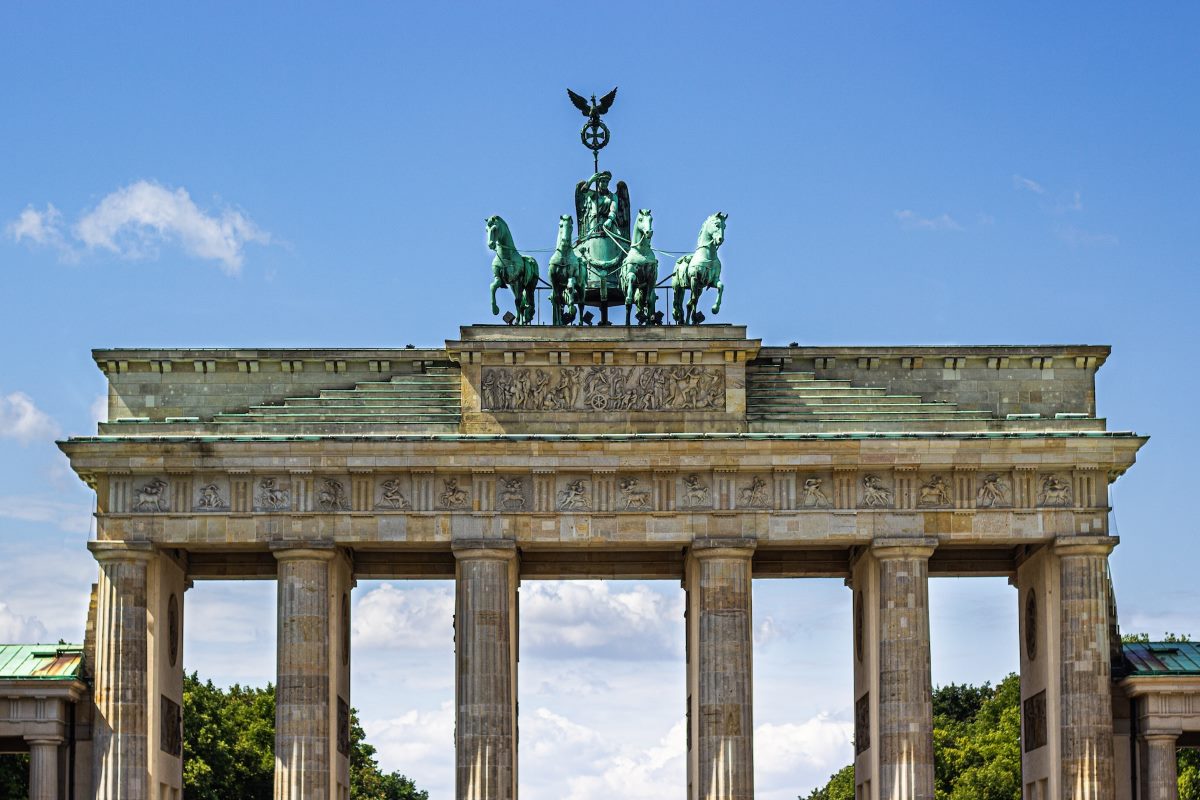
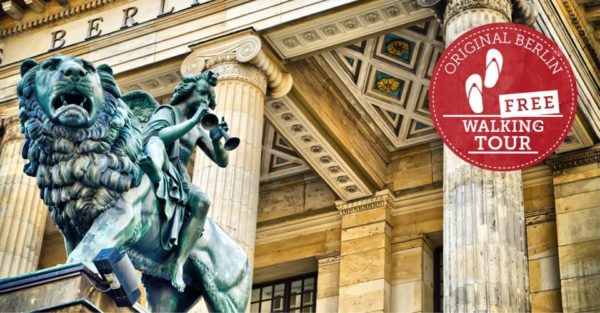
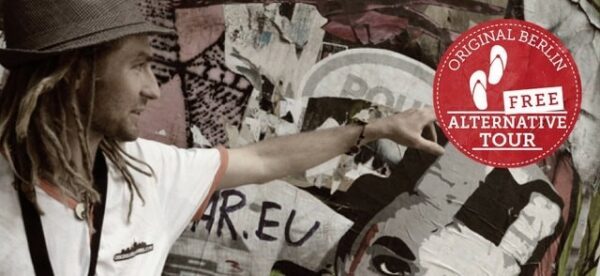
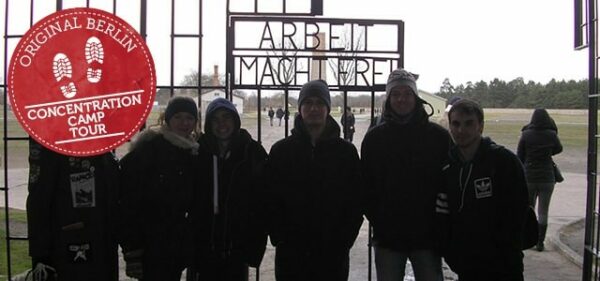

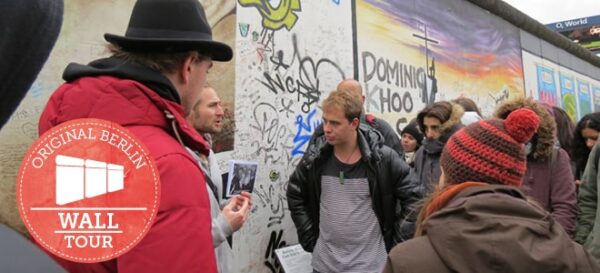
Leave a Reply